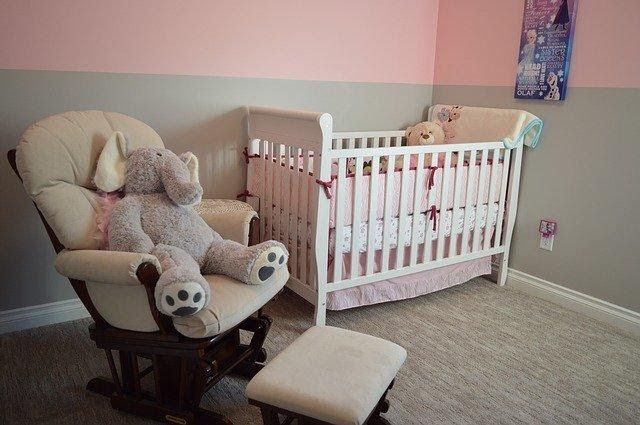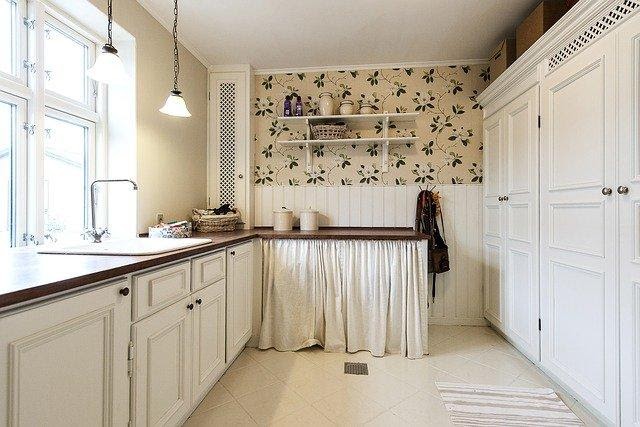PVC flooring has long since shed its cheap image. The modern PVC floors combine a great look and durability. In addition, they are easy to clean. A PVC floor is relatively inexpensive compared to other floor coverings. In terms of longevity, it is often the first choice. Even with excellent treatment, even the best PVC floor will eventually wear out.
The old PVC floor is worn out and doesn't look nice anymore? You just want to breathe new life into your four walls? If the old PVC floor has to give way to the new PVC, you will not be able to avoid removing the old floor covering. It takes a little work depending on how the old PVC floor was installed, but the work pays off. Old PVC floors will probably be fully glued down. The click system is still quite new and therefore not found everywhere. With a little patience and craftsmanship, it shouldn't be a problem to remove the old PVC floor yourself. With the right tools, this isn't rocket science. If you have never removed a PVC floor or if you need tips on how to do this, contact the experts at Schaub und Sohn. Thanks to years of experience, you can get tips that will make your work a lot easier.
Remove PVC floor in just a few steps
There are a few things to consider when removing an old PVC floor. These include the condition, age and how the PVC floor was installed. Basically, it is not difficult to remove the old floor covering.
The decisive factor for the removal of an old floor covering is how it was laid. A PVC floor that has been installed as a floating installation is easier to remove than a bonded floor covering. With the glued PVC floor, it is also important to note whether it was fully glued or whether it is self-adhesive PVC.
The age and condition of the floor covering also play a role. The materials and the laying techniques have changed over the years. Today's vinyl floor adhesives are more powerful, which means they're harder to remove. Older PVC flooring is brittle and worn, making it easier to crack or break when removed. Particular care should be taken with PVC floors from the 1970s and 1980s. It may contain asbestos. These PVC floors should only be removed with appropriate protective equipment.
Before you start removing the PVC floor, you should determine when the PVC floor was installed and how it was installed. Wear work clothing suitable for removal and protective equipment if necessary. This includes a face mask and safety goggles. It is also important to have the right tool. This includes a cutter knife and a spatula. Prepare these in advance.
Removal of floating PVC floor
The floating PVC floor is very easy to remove. It is not firmly connected to the ground. The first step is also the most time-consuming. The removal of the nailed, screwed or glued baseboards takes some time. Once these are removed, you can start removing the PVC floor. If the floor covering was laid as a click system, you can quickly remove it. You can remove the individual tile pieces row by row. You can even move them again if they are still in good condition. If impact sound insulation was also laid, this is also removed. If you want to lay your floor covering elsewhere, you will have to look for new footfall sound insulation, if this is necessary at all.






